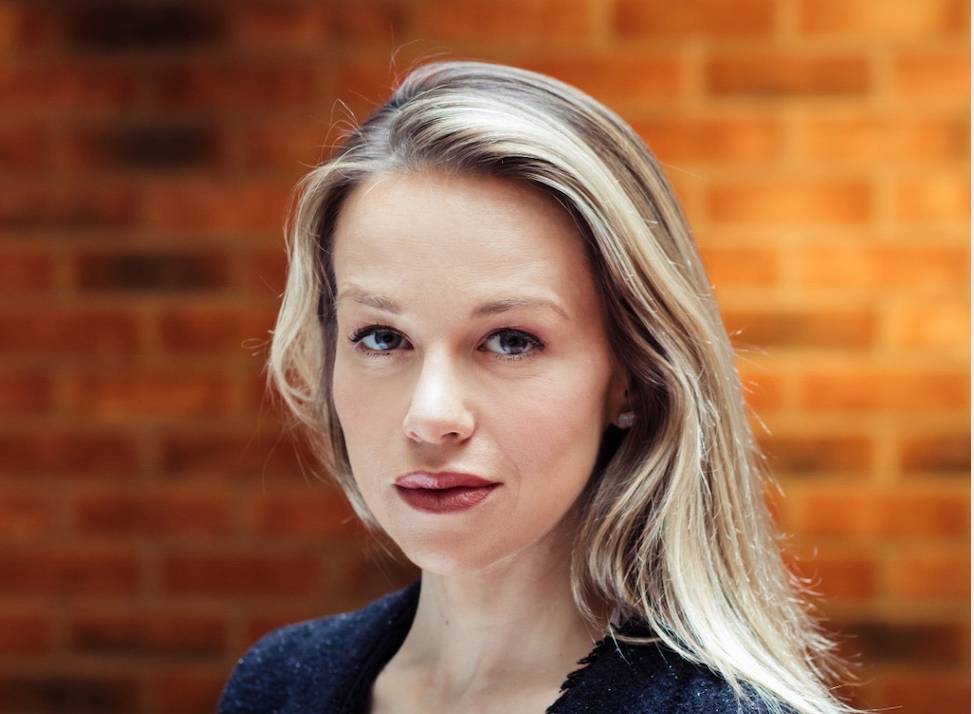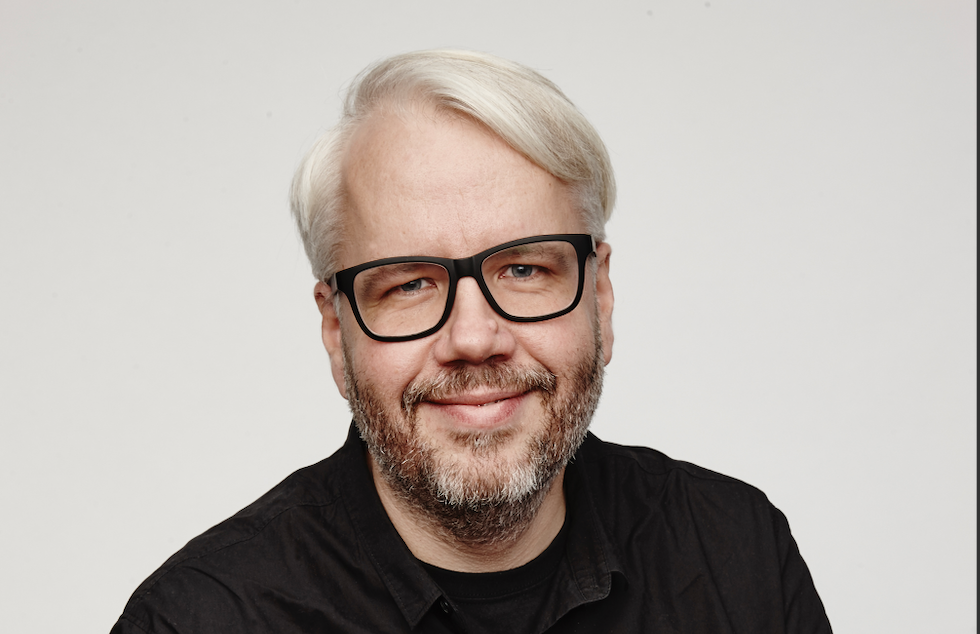Philippe De Ridder is a serial entrepreneur who founded Board of Innovation ten years ago, before every corporation was running an accelerator programme and funding a corporate venturing arm. Since then, the Belgian innovation agency (with offices in NYC, Amsterdam, Antwerp & Singapore) has worked with some of the biggest global companies, from General Electric to Adidas.
But De Ridder says corporate innovation still needs to grow up, and turn from a shiny plaything into something that will generate revenues for companies. Oh, and at least half of corporate innovation agencies will fail to survive the big transition in the next three to five years.

Want the Future Proof corporate innovation newsletter in your inbox every Tuesday?
How do you define ‘innovation’ and how do you best describe your job?
There is an interesting and important discussion to be had about the purpose of innovation, i.e. what do we do it for.
In its simplest form, innovation is a new idea that adds value. A new idea can be a new or improved product, process, service, business model, market, solution, etc. Most people agree that that new idea needs to add value as well for it to be called innovation. Yet, the more interesting discussion is what type of value we are talking about.
We will look back 10 years from now and wonder how on earth we were designing new products without taking the societal and environmental impact into account.
Originally, this most commonly referred to business value (e.g. profit). In the last decade, this progressively expanded to include customer value, as everyone started to adopt design thinking and human-centred design practices. In the coming decade, I expect it to expand further to also include societal value and environmental value. This is already happening, but it’s far from mainstream yet.
It’s currently almost incomprehensible that at some point most of our new products were being developed without putting the user at the centre. And I think (or hope) we will look back 10 years from now and wonder how on earth we were designing new products and services without taking the larger societal and environmental impact into account.
Our job? At Board of Innovation our lifetime mission is to inspire 100 million people to innovate for a better tomorrow. That’s why we open source most of our knowledge and tools on our website. On a day-to-day level we work with our corporate partners — including ING, Philips, General Electric, Danone and Thomson Reuters — to make their innovation efforts matter. Whether that’s by designing relevant innovation strategies or bringing new products and services to market.
What do you think will be the biggest threat for Board of Innovation in the next five to 10 years?
50% of current corporate innovation providers won’t be there anymore three to five years from now.
There are a number of big and fundamental challenges ahead. These challenges will culminate into what we call “the great filtering”, a scenario in which over 50% of current corporate innovation providers won’t be there anymore three to five years from now. It might sound extreme, but let’s look at the underlying drivers:
- Consolidation: each year more and more independent agencies are being acquired by (and sometimes integrated in) big conglomerates.
- Commoditisation: as the industry is maturing, different services are being commoditised (e.g. design sprints, design thinking trainings) and prices/margins are being driven down accordingly, creating a bottom-line pressure on the least-profitable agencies in the industry
- Post-hype innovation backlash: every enterprise has jumped on the innovation bandwagon over the last years. In every company where bottom-line impact is missing, corporate innovation will be challenged and potentially scaled down.
- Economic downturn: adding an economic downturn to the industry-specific elements above, all happening at the same time, will create a perfect storm in the coming years
Although this might sound slightly depressing, I think it will be far from it! I fully stand behind the idea that corporate innovation needs to grow up — i.e. move from a shiny, nice-to-do activity to an essential business function that provides clear results that are superior to other investments a chief executive might consider. The years to come will be exciting and challenging at the same time, and we are confident to pave our own path as Board of Innovation.
How do you think innovation and design firms will differentiate themselves in the next five to 10 years?
As our market is maturing, like any other industry differentiation, in general, is declining. Solutions are converging to best practices. Incumbent innovation and design firms will still differentiate on various aspects, but I think it will be rarer for them to completely move the needle. Examples of differentiation: be more data-driven; specialisation in sustainable innovation; industry specialisation; virtual instead of face-to-face service delivery.
Even if all else were the same and commoditised, I think an agency’s people, culture, and way of working will always be differentiating. In the end people work with people; and they’ll mostly work with the people and ways-of-working that they want to collaborate with.
How do you challenge yourself and your team to ‘think outside the box’?
I always want to surround myself with smart, open-minded challengers. We hire for a diverse set of perspectives, backgrounds and cultures. Also, externally I consistently meet with people who will bring a new, challenging perspective.
It’s embedded in our culture to challenge each other and clients for the better. To illustrate, one of our company values is ‘raise the bar’, meaning that we want to set the standard rather than copying others.
What is currently not working in corporate innovation?
Playtime is over. Corporate innovation needs to grow up and show return, and corporate innovation doesn’t have to be sexy to produce results.
Corporate innovation doesn’t have to be sexy to produce results.
On the one hand, we see a lot of innovation theatre: innovation events and activities that are organised for the sake of organising them, but that don’t lead to concrete results. On the other hand, a lot of innovation labs are focusing on horizon three-type of ventures, often involving drones, blockchain or some form of artificial intelligence. While they can definitely be relevant, those technologies are often looked at for the sake of looking at them, instead of being leveraged to solve an actual problem. I don’t want to point fingers at anyone else. We've organised innovation theatre projects in the past, too. And by doing so, we’ve learned that there are better ways to produce the desired results
What advice would you give to a new head of innovation — what do they need to get right from day one?
I’ll keep it to the most important ones:
- When looking for new business value, start from your core business and key assets to create new products, services and business models. It will increase the chances of getting business results and internal buy-in.
- Aim for a healthy mix of building internal capability and sourcing external expertise.
- There is no such thing as a five-year innovation strategy and a fixed plan to get there. An absolute cornerstone of our multi-year collaborations with clients is a quarterly strategy sprint rhythm to set goals, allocate resources and make the plan for the coming three months.
What book has been most helpful to you in thinking about corporate innovation?
To be honest, I don’t like reading books that are completely within my field of expertise. Similar to where I see the most value in terms of corporate innovation — adjacent to the current business — I prefer reading or learning about things that are adjacent to my day-to-day work. An intriguing read in that regard is Nassim Nicholas Taleb’s work Antifragile.
Building robust systems is not the ultimate goal. Instead, how can we design systems that actually benefit from disorder?
While the book in itself is often a bit messy and inconsistent, it provides an interesting and often counterintuitive line of thinking: recognising that we cannot accurately predict the future and, as such, building robust systems is not the ultimate goal. Instead, how can we design organisations and systems that actually benefit from disorder, randomness and unexpected events? How can we design systems and organisations that are more sustainable in the long run? I consider the latter as innovation’s ultimate goal, which is why I’d highly recommend giving Antifragile a go. Best of luck wrestling through this hard-to-read piece though!


